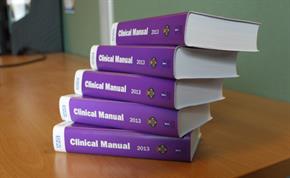
What is it?
Addison’s disease is a disease where the adrenal gland is damaged and so cannot respond to crisis situations where an increase in adrenaline or the steroid cortisol is required.
This means that when the patient is unwell (in particular if they are suffering from vomiting or diarrhoea, infection, trauma or other conditions that might cause shock, or if they are non-compliant with their medication), they will be unable to maintain their heart rate and blood pressure in the same way as someone without the disease.
These patients should have hydrocortisone tablets to take in situations where they have low level vomiting or diarrhoea, and hydrocortisone injections for situations where they feel seriously unwell.
What does it look like?
The patient will know they have Addison’s disease or another condition that can cause adrenal crisis. Initial symptoms of crisis will probably include nausea and vomiting with potential weakness, fatigue, and dizziness. This can rapidly lead to vascular collapse, confusion, reduced level of consciousness, coma and death.
What should we do about it?
If the patient is suffering from any of the conditions noted above then they should be given an IV hydrocortisone injection of 100mg. Fluid boluses of 0.9% saline may also be required to maintain blood pressure.
These patients should be transported to hospital for further treatment and monitoring, even if they appear to be only slightly unwell.
Addison’s disease is a rare condition that you might come across just once in your career – the Trust has produced a ‘rare conditions handbook’ that covers this, and other rare illnesses, to help with clinical decision making. You can download a copy here.